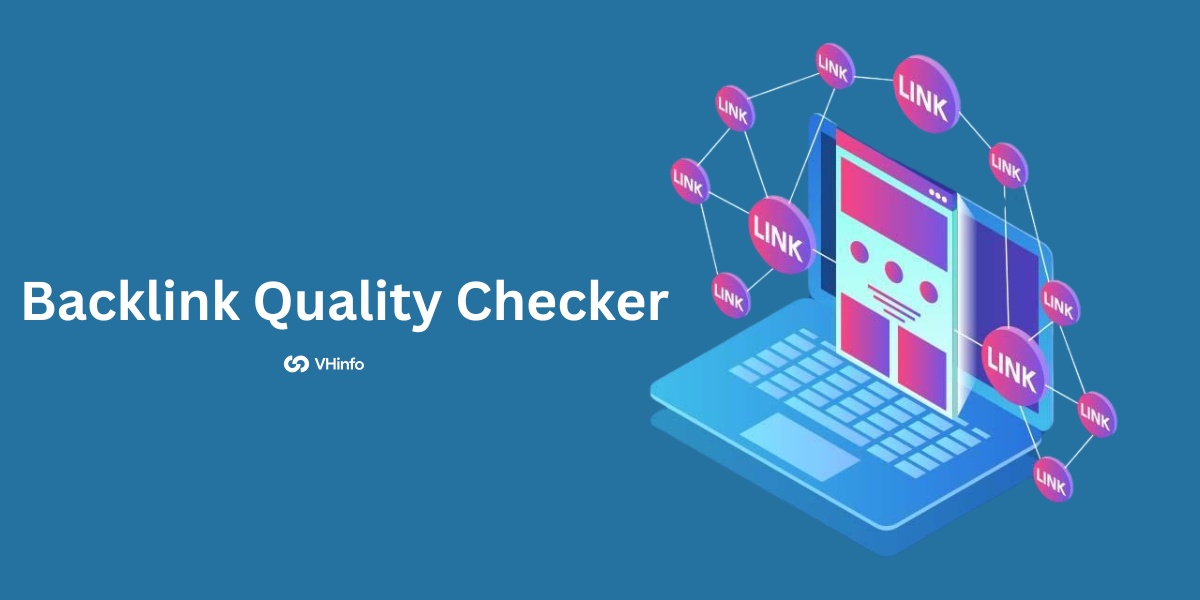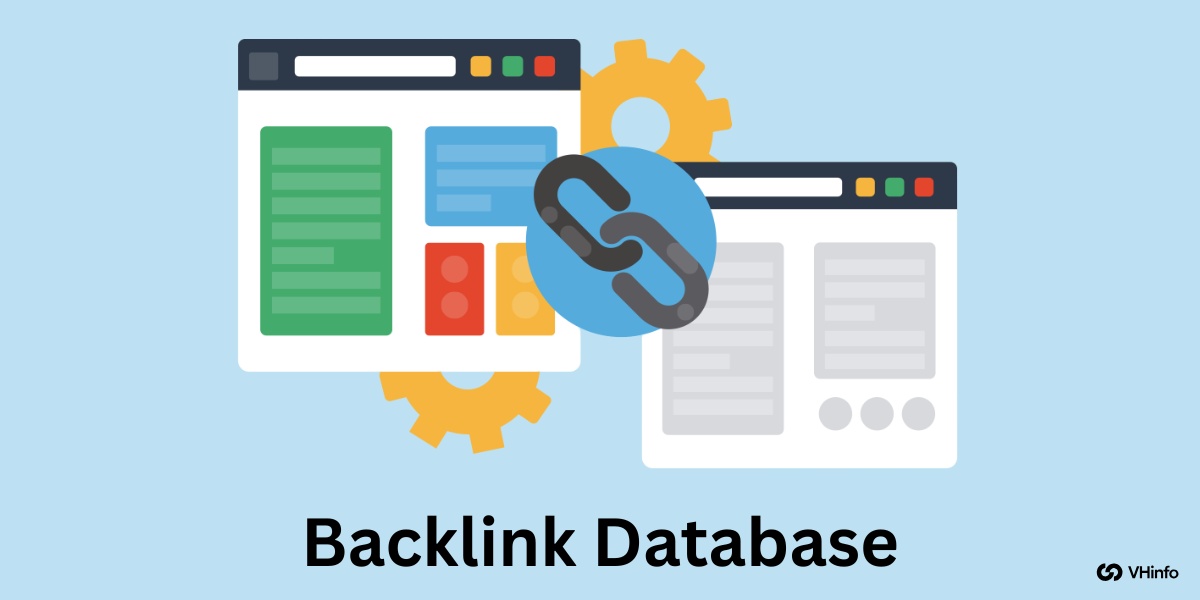In the competitive SaaS industry, attracting and retaining customers requires a strategic approach.
SaaS inbound marketing is an essential methodology that focuses on delivering valuable content to your target audience, addressing their pain points, and guiding them through the marketing funnel.
This article explores the strategies, benefits, and tools that make SaaS inbound marketing a game-changer for SaaS companies.
What is SaaS Inbound Marketing?
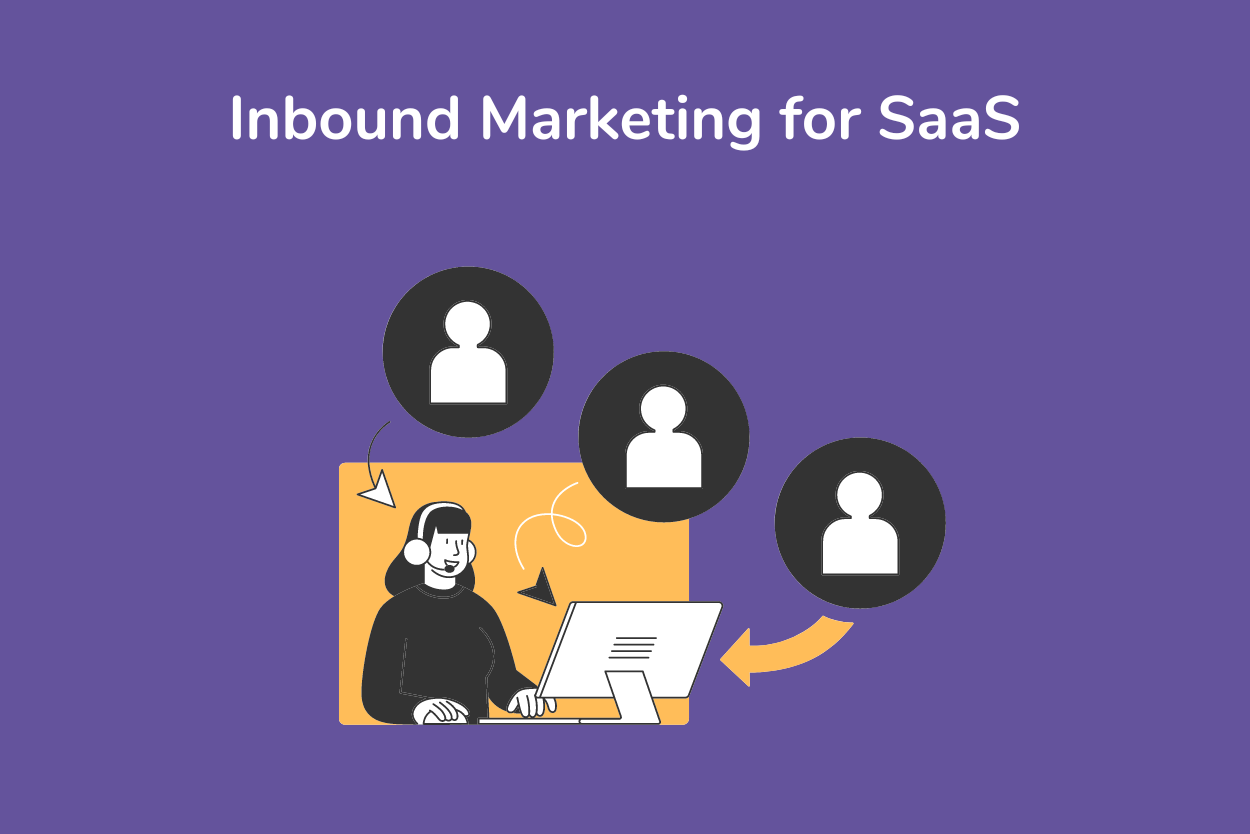
SaaS inbound marketing is a customer-centric approach that attracts potential customers by providing valuable content and experiences tailored to their needs.
Unlike outbound marketing, which pushes messages to a broad audience, inbound marketing draws in prospects organically through channels like search engines, social media, and email.
Why Inbound Marketing Works For B2B SaaS?
- Targeted Approach: It aligns with the long sales cycles of B2B SaaS by nurturing leads over time.
- Cost-Effective: Inbound marketing delivers higher ROI by focusing on organic traffic and lead generation than outbound methods.
- Builds Trust: Addressing customer pain points and offering solutions establishes credibility.
Inbound Marketing Funnel For B2B SaaS
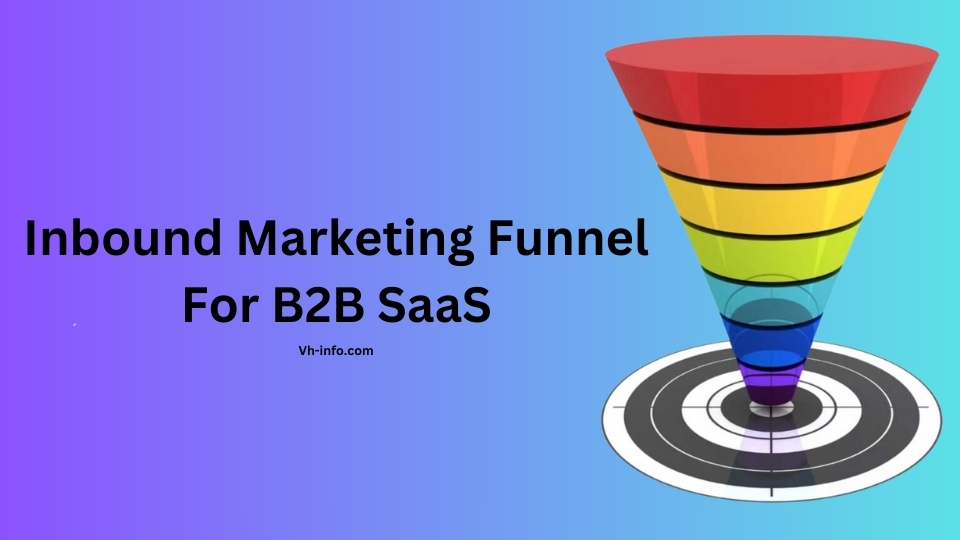
The inbound marketing funnel consists of four key stages:
Top of the Funnel (TOFU)
At this stage, the focus is on creating brand awareness and attracting organic traffic.
Strategies include:
- Publishing SEO-optimized blog posts.
- Sharing engaging social media content.
- Offering free resources like infographics or webinars.
Middle of the Funnel (MOFU)
Here, prospects are educated about your SaaS product’s value.
Effective tactics include:
- Offering gated content like whitepapers or eBooks in exchange for contact details.
- Hosting webinars to showcase your expertise.
- Sending personalized email campaigns.
Bottom of the Funnel (BoFu)
This stage focuses on converting leads into customers.
Key strategies include:
- Providing free trials or demos of your SaaS product.
- Sharing case studies and testimonials to build trust.
- Offering discounts or limited-time offers.
Post-Purchase (Delight)
Customer retention is critical in SaaS.
Delight your customers with:
- Exceptional customer support.
- Regular product updates and feature enhancements.
- Personalized communication to foster loyalty.
How Does SaaS Inbound Marketing Differs From Traditional Marketing?

| Aspect | Inbound Marketing | Traditional Marketing |
| Approach | Pulls in Leads Organically | Pushes Messages Through Ads |
| Content Focus | Valuable and Educational | Promotional |
| Cost | Cost-Effective in the Long Run | High Upfront Costs |
| Customer Interaction | Builds Long-Term Relationships | Often Transactional |
| Metrics | Focuses On Engagement and Retention | Primarily Measures Reach |
Benefits of SaaS Inbound Marketing
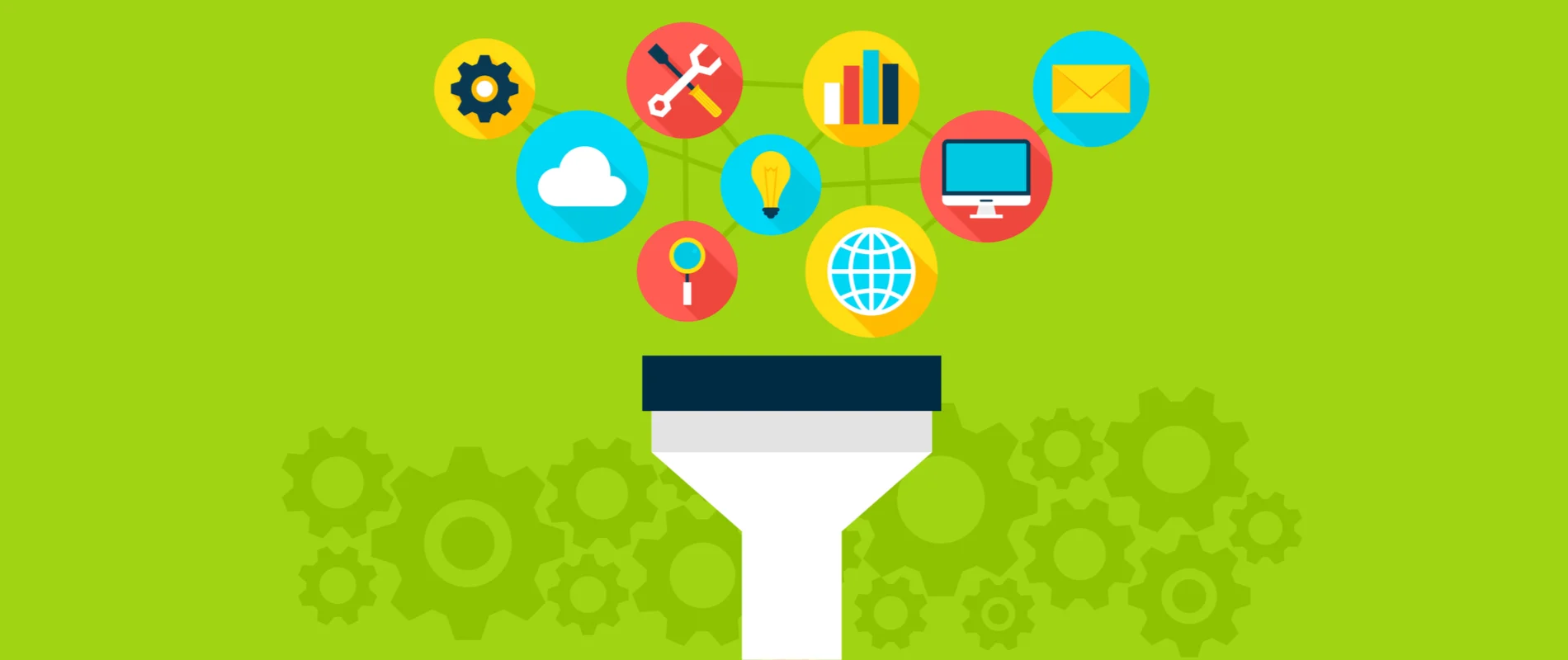
- Increased Brand Awareness: Optimized content boosts visibility on search engines.
- Cost Efficiency: Lower customer acquisition costs compared to outbound efforts.
- Higher Lead Quality: Attracts prospects genuinely interested in your solution.
- Improved Customer Retention: Builds long-term relationships through consistent value delivery.
- Scalability: Easily adapt as your business grows.
- Measurable Results: Analytics tools provide insights into campaign performance.
How to Create an Effective Inbound Marketing Strategy?
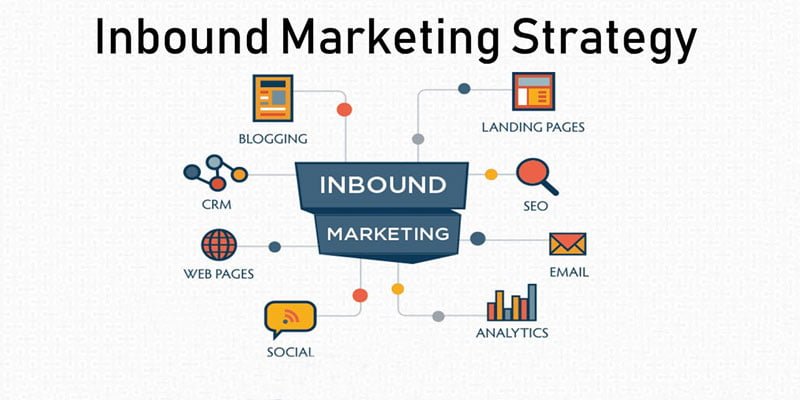
- Define Your Ideal Customer Profile (ICP): Understand the demographics, pain points, and goals of your target audience.
- Perform Keyword Research: Identify search terms relevant to your SaaS product using tools like SEMrush or Ahrefs.
- Develop a Content Strategy: Map out content for each stage of the marketing funnel.
- Use Social Media Channels: Promote blog posts, videos, and webinars on platforms like LinkedIn and Twitter.
- Analyze and Optimize: Use analytics tools to track performance and refine your strategy.
Key Components of a SaaS Inbound Marketing Strategy

- Content Creation: Blogs, videos, case studies, and more tailored to customer needs.
- SEO Strategy: Optimize for search engine ranking using targeted keywords.
- Social Media Marketing: Engage with your audience on platforms like LinkedIn and Twitter.
- Email Marketing: Nurture leads with personalized campaigns.
- Landing Pages: Design user-friendly pages optimized for conversions.
7 Effective Inbound Marketing Strategies For SaaS Companies
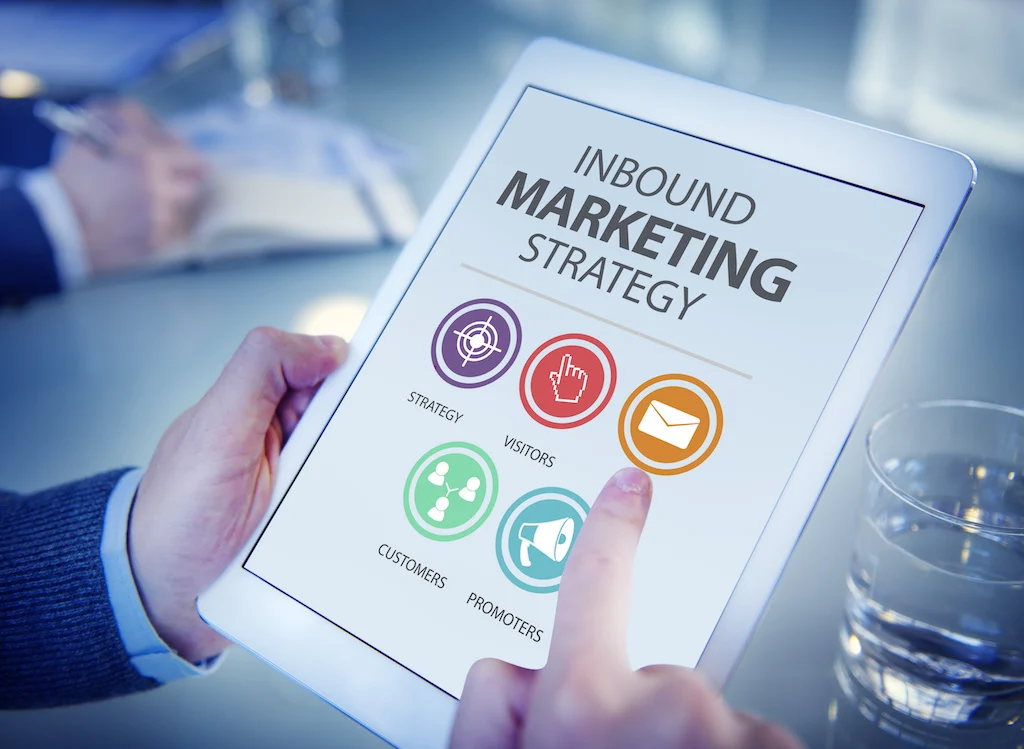
Inbound marketing is essential for SaaS companies to attract, engage, and retain customers. These strategies focus on delivering valuable content and building trust with your target audience.
Here’s how each strategy works:
Earn Their Attention With SEO (TOFU)
Search Engine Optimization (SEO) is important for attracting organic traffic to your website.
Conducting thorough keyword research and optimizing your blog posts, landing pages, and web design can ensure your SaaS product appears in search engine results when potential customers are searching for solutions.
Building high-quality backlinks and creating topic clusters further enhance your visibility, helping you capture the attention of users at the top of the funnel.
Educate Your Audience With Blogs (TOFU)
Blogs are a cornerstone of content marketing for SaaS companies. They help educate your target audience about their challenges and how your SaaS solution can solve them.
Publishing SEO-optimized blog posts that address specific pain points helps establish yourself as a trusted authority in the SaaS industry. Blogs also guide potential customers through the early stages of the buyer journey, making them an integral part of your inbound marketing efforts.
Offer Whitepapers, eBooks, & Courses In Exchange For Contact Details (MOFU)
At the middle of the funnel, gated content like whitepapers, eBooks, and online courses can be used to generate leads. These resources provide in-depth insights into customer challenges while showcasing your expertise.
Offering these materials in exchange for contact details, SaaS companies can collect valuable information about their audience and nurture leads with personalized email campaigns.
Create Content For All Stages Of The Buyer’s Journey
Your content strategy should address every stage of the buyer journey:
- Awareness Stage: Create blogs, videos, or guides that highlight common challenges.
- Consideration Stage: Offer webinars or case studies demonstrating how your SaaS product solves specific problems.
- Decision Stage: Provide free trials or detailed product demos to help prospects make informed decisions.
This approach ensures that potential customers find relevant content no matter where they are in the marketing funnel.
Promote Your Content With Social Media and Email Marketing
Social media platforms like LinkedIn, Twitter, and Facebook are excellent channels for sharing your content and engaging with your audience.
Combine this with targeted email marketing campaigns to nurture leads by delivering personalized content directly to their inboxes. Both tactics help amplify your reach, drive traffic to your website, and keep prospects engaged throughout their customer journey.
Use Competitor Research to Help Inform Future Content
Analyzing competitors’ strategies can provide valuable insights into what works in your niche. Study their blogs, keywords, and social media activity to identify gaps in their content or areas where you can offer a unique perspective.
This research not only helps refine your SEO strategy but also ensures that your content stands out in a crowded market.
Celebrate Your Success (BOFU)
At the bottom of the funnel, showcasing success stories like case studies or testimonials builds credibility and encourages conversions.
Highlight how your SaaS solution has helped other businesses overcome challenges or achieve goals. Sharing these stories through blogs, videos, or email campaigns reassures prospects that they’re making a sound investment by choosing your product.
Implementing these seven strategies effectively can help SaaS companies attract new customers, nurture leads through the sales funnel, and build long-term relationships that drive sustainable growth.
Inbound Marketing Platforms For B2B Companies

Here’s a breakdown of six powerful platforms that can help B2B companies streamline their inbound marketing efforts, improve lead generation, and enhance the customer journey.
HubSpot

HubSpot is an all-in-one inbound marketing platform that integrates tools for CRM, email marketing, content creation, and data analytics. It helps SaaS businesses manage the entire marketing funnel—from attracting visitors to nurturing leads and retaining loyal customers.
With features like landing page creation, marketing automation, and reporting, HubSpot simplifies the implementation of a comprehensive inbound marketing strategy. Its user-friendly interface makes it ideal for businesses of all sizes.
ActiveCampaign

ActiveCampaign excels in marketing automation and creating personalized customer experiences.
It offers tools for targeted email marketing, lead scoring, and segmentation based on user behavior. With its drag-and-drop builder, businesses can create automated workflows to nurture leads through the sales funnel.
ActiveCampaign also supports A/B testing, ensuring campaigns are optimized for better engagement and conversions.
SEMRush / Ahrefs

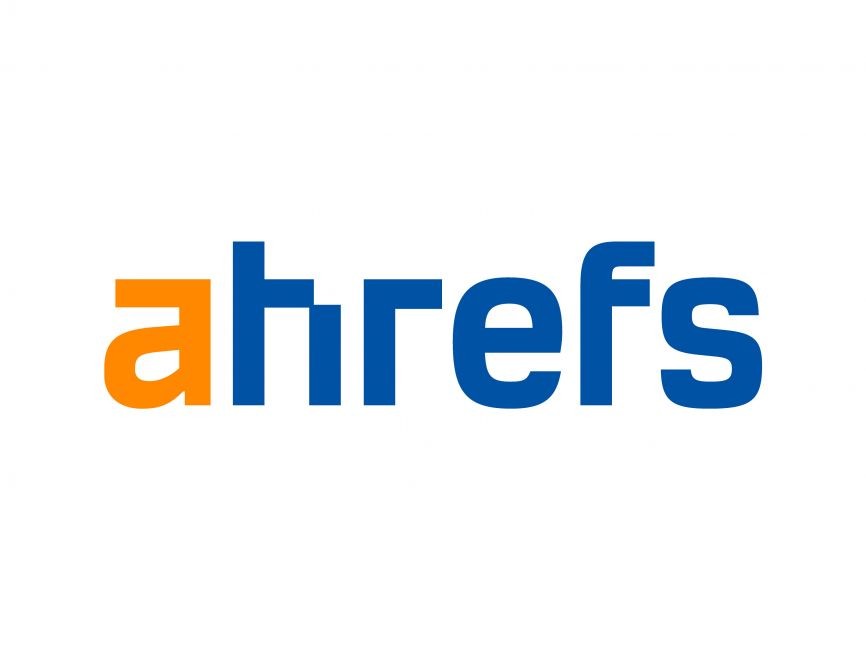
Both SEMrush and Ahrefs are powerful platforms for SEO strategy and content marketing.
SEMrush offers features like keyword research, backlink analysis, and competitor insights, making it ideal for optimizing your website’s visibility on search engines. Ahrefs specializes in backlink analysis and provides tools like Content Explorer to identify high-performing content.
These platforms are essential for driving organic traffic and improving search engine rankings.
Adobe Marketo Engage
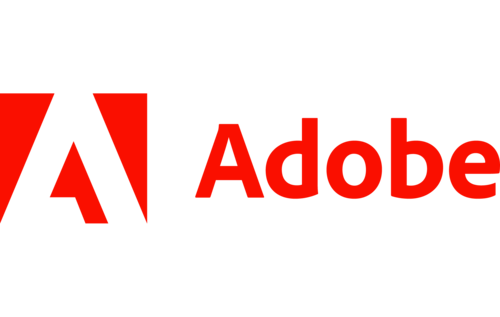
Marketo Engage is a robust platform for marketing automation that supports omnichannel campaigns across email, web, mobile, and more.
It allows businesses to create personalized content, segment audiences, and track engagement throughout the buyer journey. With AI-powered tools, Marketo helps SaaS companies optimize their campaigns and align sales with marketing efforts to convert leads more effectively.
WordPress
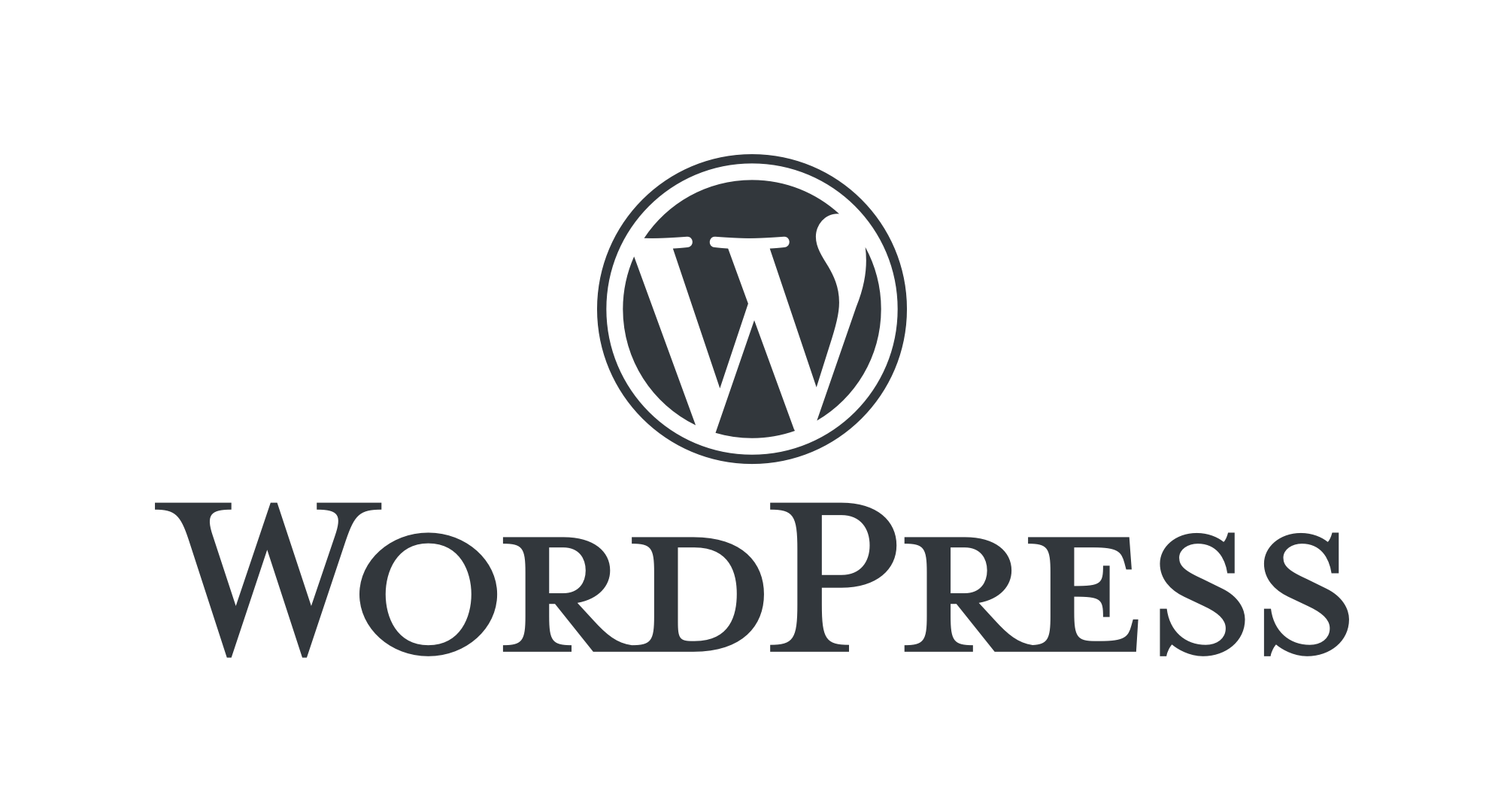
WordPress serves as a flexible platform for creating and managing content that drives organic traffic. Its extensive library of plugins supports everything from SEO optimization (e.g., Yoast SEO) to lead generation (e.g., WP Forms).
WordPress is an affordable option for businesses starting with inbound marketing, offering tools to create blogs, landing pages, and CTAs that align with your content strategy.
Pardot (Salesforce Marketing Cloud Account Engagement)
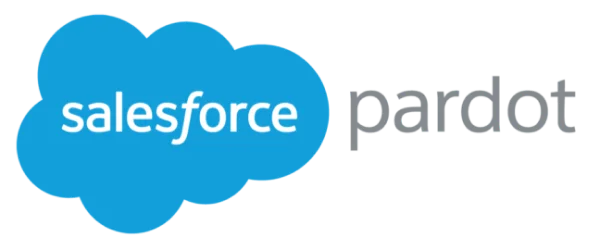
Pardot is a B2B-focused platform that aligns marketing automation with sales goals. It offers features like lead scoring, email drip campaigns, and CRM integration to streamline the sales process.
Pardot helps SaaS companies nurture leads through personalized communication while providing insights into lead behavior to improve conversion rates. It’s particularly effective for managing long sales cycles typical in B2B industries.
These platforms empower SaaS companies to optimize their inbound marketing strategies, enhance the user experience, and drive sustainable growth by attracting new customers and retaining loyal ones. Each tool caters to different aspects of the marketing funnel, making them invaluable assets for any B2B business looking to scale its efforts effectively.
Challenges in SaaS Inbound Marketing and How to Overcome Them?
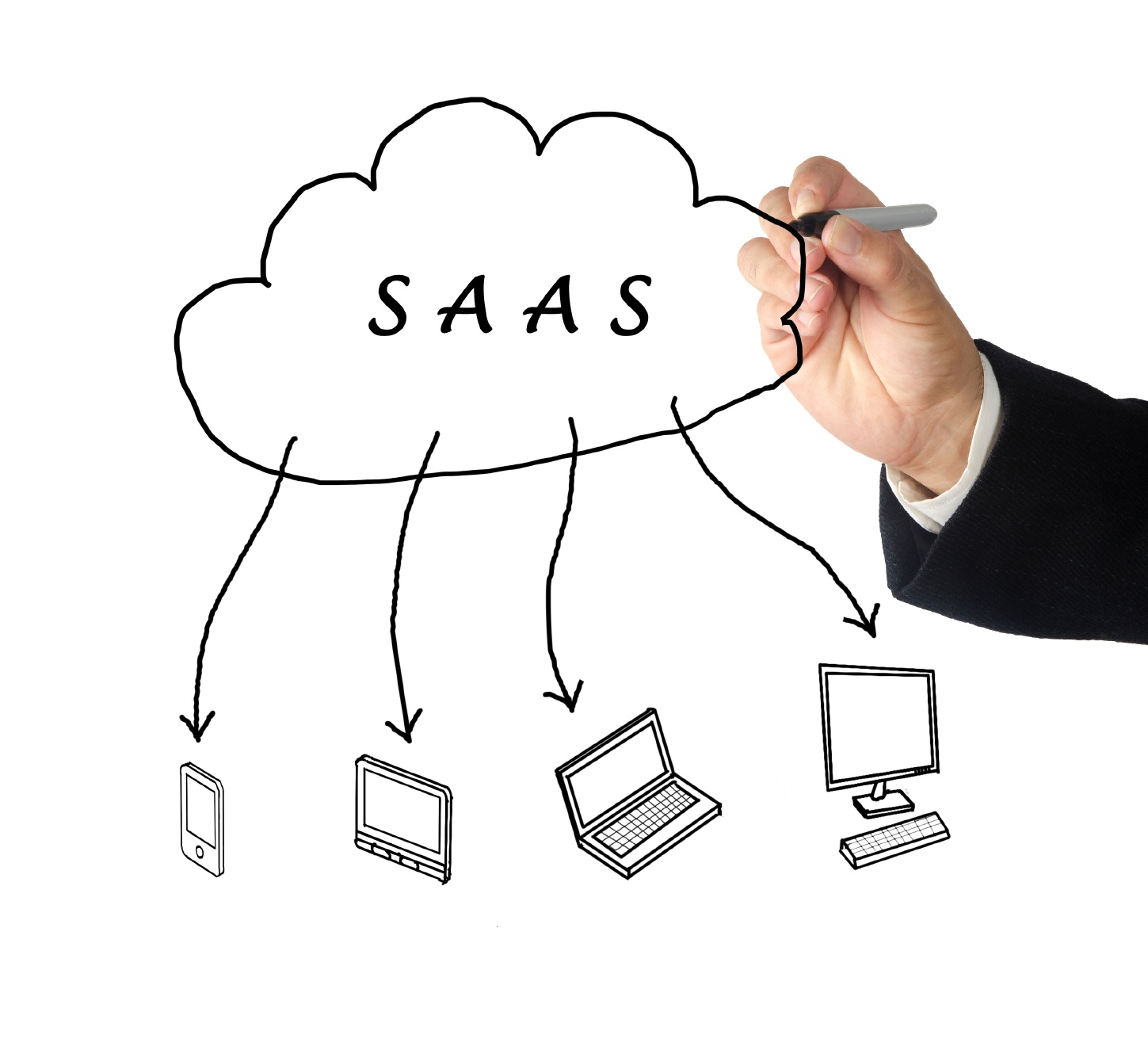
While SaaS inbound marketing can be very effective, it also comes with problems.
Creating Consistent Quality Content
Creating high-quality content regularly can be overwhelming, especially in the fast-paced SaaS industry. The pressure to maintain a steady flow of valuable content often leads to burnout or a decline in quality.
This is particularly challenging because SaaS companies must produce content that resonates with their target audience, addresses pain points, and aligns with the marketing funnel.
Solution: Develop a robust content calendar to plan and organize your content creation process. This ensures consistency without sacrificing quality. Additionally, repurpose existing materials like blog posts into video content, infographics, or case studies to maximize their value.
Tools like HubSpot and Trello can help streamline this process, ensuring your team stays on track.
Measuring ROI of Inbound Efforts
Determining the return on investment (ROI) for inbound marketing campaigns can be tricky due to the complexity of tracking multiple metrics like organic traffic, lead conversions, and customer retention.
Without clear insights, it’s difficult to justify the marketing budget or optimize strategies.
Solution: Use analytics tools like Google Analytics or HubSpot to monitor key performance indicators (KPIs) such as customer acquisition cost (CAC), trial sign-ups, and lifetime value (LTV). These tools provide actionable insights into the effectiveness of your inbound marketing efforts.
For example, HubSpot’s reporting features allow you to attribute ROI to specific campaigns, helping you refine your marketing approach.
Aligning Sales With Marketing
Misalignment between sales and marketing teams can lead to inefficiencies in the sales funnel. Marketing may generate leads that sales teams find unqualified, while sales may fail to follow up effectively on leads nurtured by marketing efforts.
Solution: Foster collaboration through shared goals and integrated tools. Regular sync-ups between teams can help align strategies for lead generation and nurturing.
For instance, marketing can use feedback from sales to refine their content strategy, while sales can use marketing materials like case studies or whitepapers during the sales process.
Platforms like Salesforce Pardot or HubSpot CRM enable seamless communication and data sharing between teams.
Examples Of Great Inbound Marketing Campaigns In SaaS

- Hubspot: Content Marketing- HubSpot used SEO-optimized blog posts as part of its content marketing strategy to dominate search engine rankings. Their focus on creating relevant content tailored to each stage of the buyer journey helped them attract and convert leads effectively.
- Notion: Storytelling Campaigns- Notion built a strong community by using a storytelling approach that highlighted real-life use cases. Their campaigns focused on customer needs and created an emotional connection with their audience through engaging social media marketing and influencer partnerships.
- Zapier: Programmatic SEO- Zapier implemented a unique SEO strategy by creating thousands of landing pages optimized for specific integrations with partner apps. This approach drove significant organic traffic and positioned Zapier as a leader in automation solutions.
- Shopify: Personalized Email Marketing- Shopify excelled in email marketing by sending personalized recommendations based on user behavior. Their strategy not only improved customer engagement but also increased conversions at the bottom of the funnel.
FAQ’s:
How Can SaaS Companies Create Compelling Content For Inbound Marketing?
SaaS companies can create compelling content by focusing on their ideal customer profile and addressing specific pain points through valuable content. This includes writing blog posts, creating video content, and offering resources like eBooks or case studies that provide solutions to customer needs. A strong content strategy ensures the content is relevant to each stage of the buyer journey, helping convert leads and retain loyal customers.
What Role Does SEO Play in Inbound Marketing For SaaS?
SEO (Search Engine Optimization) is essential for driving organic traffic to your website by ensuring your content ranks high on search engines. Performing keyword research and optimizing your blog posts, landing pages, and web design can attract your target audience.
SEO helps SaaS businesses build brand awareness and position themselves as trusted experts in their field, which is critical for long-term growth marketing.
How Does Email Marketing Fit Into The Inbound Marketing Strategy For SaaS?
Email marketing is a powerful tool in inbound marketing efforts because it allows SaaS companies to nurture leads with personalized messages throughout the marketing funnel.
From sharing blog posts at the top of the funnel to offering free trials or product updates at the bottom of the funnel, email campaigns keep your audience engaged.
Tools like HubSpot or ActiveCampaign make it easier to automate emails and improve the overall user experience.
What Metrics Should SaaS Businesses Track to Measure The Success of Their Inbound Marketing Efforts?
To evaluate the success of your inbound marketing strategy, track metrics like:
- Organic Traffic: Measures how well your SEO strategy is working.
- Lead Conversion Rates: This shows how effectively you’re turning visitors into leads.
- Customer Acquisition Cost (CAC): Helps manage your marketing budget.
- Lifetime Value (LTV): Indicates how much revenue a customer generates over time.
These metrics provide insights into your sales process and help refine future marketing campaigns.
Conclusion
Mastering SaaS inbound marketing requires a strategic blend of valuable content creation, targeted outreach, and data-driven optimization.
Implementing these strategies effectively can help SaaS companies attract new customers, retain loyal users, and achieve sustainable growth in an increasingly competitive landscape.
For actionable insights tailored to your business needs, VH Info remains your trusted partner in navigating the complexities of SaaS inbound marketing efforts!


